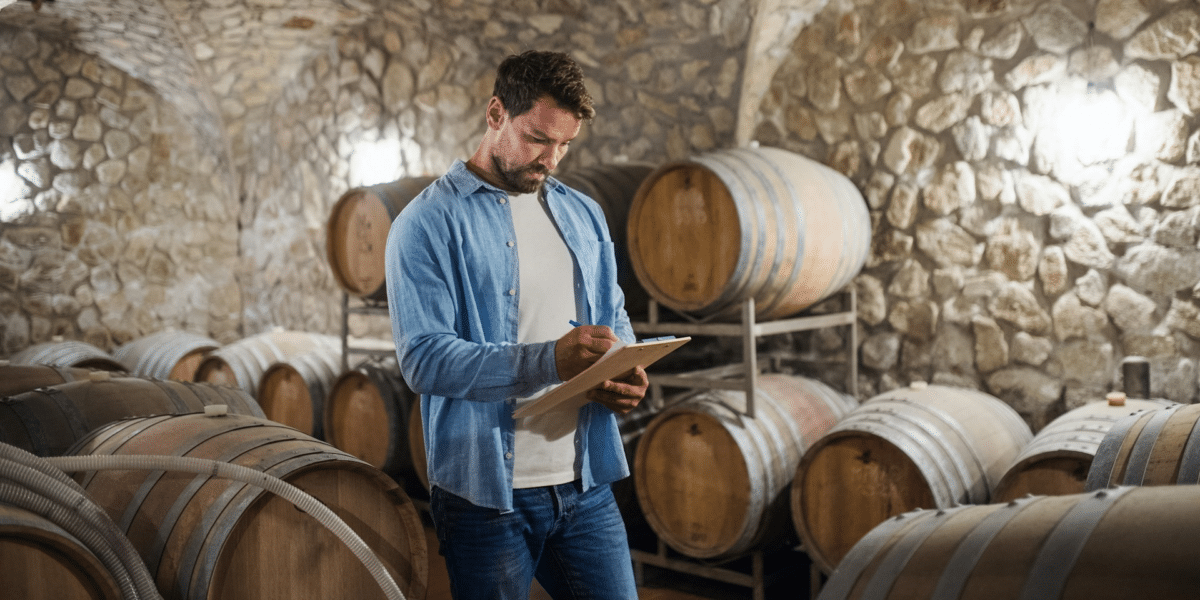Virginia Predicted for Increased Job Growth in 2025
Virginia is poised for a significant surge in job growth by 2025, driven by the expansion of key industries such as technology, healthcare, manufacturing, and logistics. Economic experts are forecasting that a combination of state-level initiatives, public-private partnerships, and strategic investments in infrastructure will contribute to the rise in employment opportunities across various sectors. This article explores the key factors that are expected to fuel Virginia’s job market growth and the implications for the state’s economy.
Technology Sector Expansion
The technology sector is one of the primary drivers of job growth in Virginia, with the state emerging as a hub for data centers, cybersecurity firms, and software development companies.
Expansion of Data Centers
Virginia is home to one of the largest concentrations of data centers in the world, particularly in Northern Virginia’s Loudoun County, often referred to as “Data Center Alley.” As demand for cloud computing and data storage grows, major tech companies like Amazon Web Services and Google continue to expand their presence in the state, leading to the creation of thousands of new jobs. The increase in data centers also fosters growth in adjacent industries such as construction, maintenance, and security.
Cybersecurity and Software Development
Virginia’s proximity to Washington, D.C., and its strong ties to the federal government make it a prime location for cybersecurity firms. The state is expected to see increased demand for cybersecurity professionals as both public and private sectors invest heavily in protecting sensitive information. Additionally, the rise of tech startups and software development firms is contributing to the growth of high-skilled jobs in areas like artificial intelligence, machine learning, and automation.
Growth in Healthcare Industry
The healthcare industry is another major contributor to Virginia’s projected job growth in 2025, fueled by an aging population and advancements in medical technology.
Increase in Telemedicine
The rise of telemedicine has created new job opportunities for healthcare professionals, particularly in rural areas where access to healthcare services may be limited. As more patients opt for virtual consultations, healthcare providers are expanding their services, leading to increased demand for nurses, doctors, and support staff trained in telehealth technologies.
Healthcare Infrastructure Expansion
Virginia is also witnessing the expansion of healthcare facilities, including hospitals and specialized clinics. These expansions are creating jobs not only for medical professionals but also for support roles in administration, IT, and logistics.
Manufacturing Resurgence
Virginia’s manufacturing sector is undergoing a resurgence, thanks to government initiatives aimed at promoting domestic production and reshoring jobs that were previously outsourced to other countries.
Reshoring of Manufacturing Jobs
As supply chain disruptions caused by the COVID-19 pandemic continue to affect global trade, many companies are bringing their manufacturing operations back to the United States. Virginia, with its skilled workforce and proximity to key transportation hubs, is a prime location for these reshoring efforts. The resurgence of manufacturing is expected to create jobs in industries such as automotive, electronics, and food processing.
Automation and Advanced Manufacturing
Advances in automation and robotics are transforming Virginia’s manufacturing landscape, creating high-tech jobs that require specialized skills. Workers trained in operating and maintaining automated systems will be in high demand, as manufacturers increasingly adopt these technologies to improve efficiency and productivity.
Government and Defense Employment
Virginia has long been a hub for government and defense employment, particularly due to its proximity to Washington, D.C., and the presence of major military installations.
Growth in Defense Contracts
The defense industry is a significant employer in Virginia, with contractors such as Lockheed Martin, Northrop Grumman, and General Dynamics operating in the state. As defense spending continues to rise, especially in areas related to cybersecurity and advanced weapons systems, job opportunities in both defense contracting and government agencies are expected to increase.
Public-Private Partnerships
Virginia is fostering public-private partnerships that support defense and government-related projects. These collaborations are creating jobs in areas such as engineering, information technology, and project management, contributing to the state’s overall job growth.
Educational and Research Institutions
Virginia’s educational and research institutions are playing a pivotal role in driving job growth, particularly in the fields of science, technology, engineering, and mathematics (STEM).
Increased Funding for Research Institutions
Virginia’s universities, including Virginia Tech, the University of Virginia, and George Mason University, are receiving increased funding for research and development (R&D) projects. This funding supports the creation of jobs for researchers, professors, and administrative staff, while also fostering innovation in key industries like biotechnology, renewable energy, and information technology.
Workforce Training Programs
To prepare the workforce for the jobs of the future, Virginia’s educational institutions are expanding their workforce training programs. These programs are designed to equip students with the skills needed to succeed in high-demand fields such as healthcare, technology, and advanced manufacturing, ensuring a steady pipeline of qualified workers.
Impact of Infrastructure Projects
The implementation of infrastructure projects across Virginia is expected to spur job growth in construction, transportation, and logistics.
Transportation and Public Works Projects
Virginia is investing heavily in upgrading its transportation infrastructure, including roads, bridges, and public transit systems. These projects are creating thousands of jobs in construction, engineering, and project management, while also improving connectivity and boosting economic development across the state.
Green Energy Infrastructure
The state is also focusing on green energy infrastructure projects, such as the development of solar and wind farms. These projects not only contribute to the state’s clean energy goals but also create jobs in the construction, installation, and maintenance of renewable energy systems.
Rise of Remote Work Opportunities
The rise of remote work is reshaping the job market in Virginia, with companies increasingly offering flexible work arrangements that allow employees to work from home or from remote locations.
Growth in Technology-Driven Remote Jobs
The expansion of the technology sector has enabled many companies to adopt remote work models, creating jobs for professionals in IT, software development, and customer support. Remote work opportunities are particularly attractive to workers in rural areas, where commuting to urban centers may be impractical.
Remote Work in Government and Education
Government agencies and educational institutions are also embracing remote work, creating a range of job opportunities for administrative, teaching, and IT professionals who can work from anywhere in the state.
Green Energy Jobs
Virginia is positioning itself as a leader in the green energy sector, with significant investments in renewable energy projects expected to create thousands of new jobs.
Government Investment in Green Jobs
The state government is actively promoting the development of green energy jobs through initiatives such as the Virginia Clean Economy Act. This legislation aims to transition Virginia to 100% clean energy by 2050, driving the creation of jobs in solar power, wind energy, and energy efficiency technologies.
Jobs in Renewable Energy and Energy Storage
In addition to construction and installation jobs, the renewable energy sector is creating roles in research, development, and energy storage. As more companies and individuals adopt renewable energy solutions, demand for workers in these fields will continue to grow.
Growth in Logistics and Distribution
Virginia’s strategic location along the East Coast makes it a key hub for logistics and distribution, particularly as e-commerce continues to expand.
Warehouse and Distribution Center Expansion
As e-commerce giants like Amazon and Walmart expand their warehouse and distribution centers in Virginia, the demand for logistics workers, from warehouse staff to transportation specialists, is expected to rise. Automation in logistics is also creating new roles for workers skilled in operating and maintaining automated systems.
Increased Demand for Supply Chain Professionals
The pandemic exposed vulnerabilities in global supply chains, prompting many companies to strengthen their logistics operations. This shift has created opportunities for supply chain professionals, including managers, analysts, and engineers, who can help companies navigate the complexities of modern logistics.
Virginia’s job growth in 2025 is set to be driven by a diverse array of industries, from technology and healthcare to manufacturing and green energy. With strategic investments in infrastructure, government support for key sectors, and the rise of remote work opportunities, the state is well-positioned to create thousands of new jobs and strengthen its economy. As Virginia continues to adapt to global trends and emerging technologies, the future of its job market looks brighter than ever.













